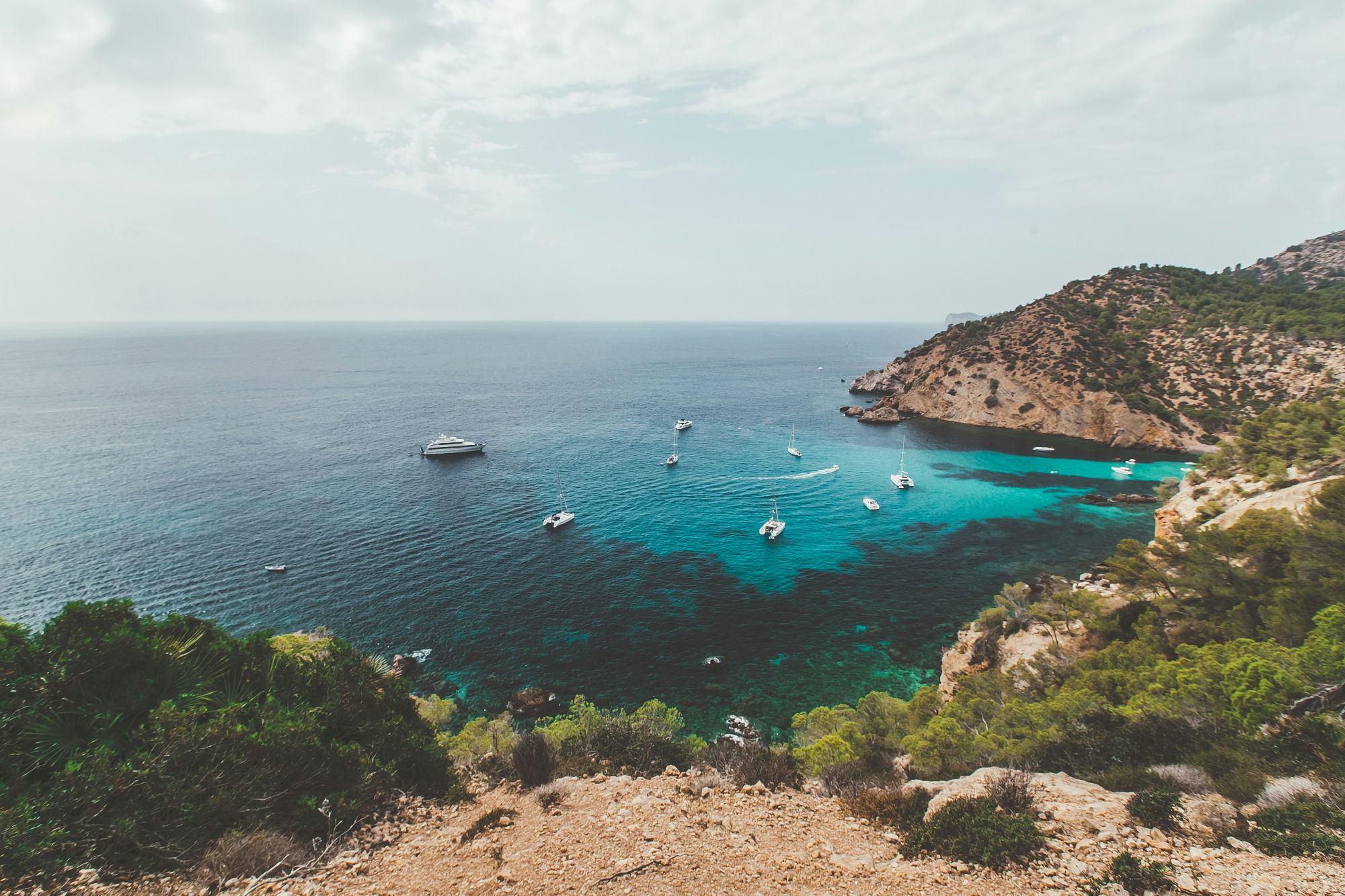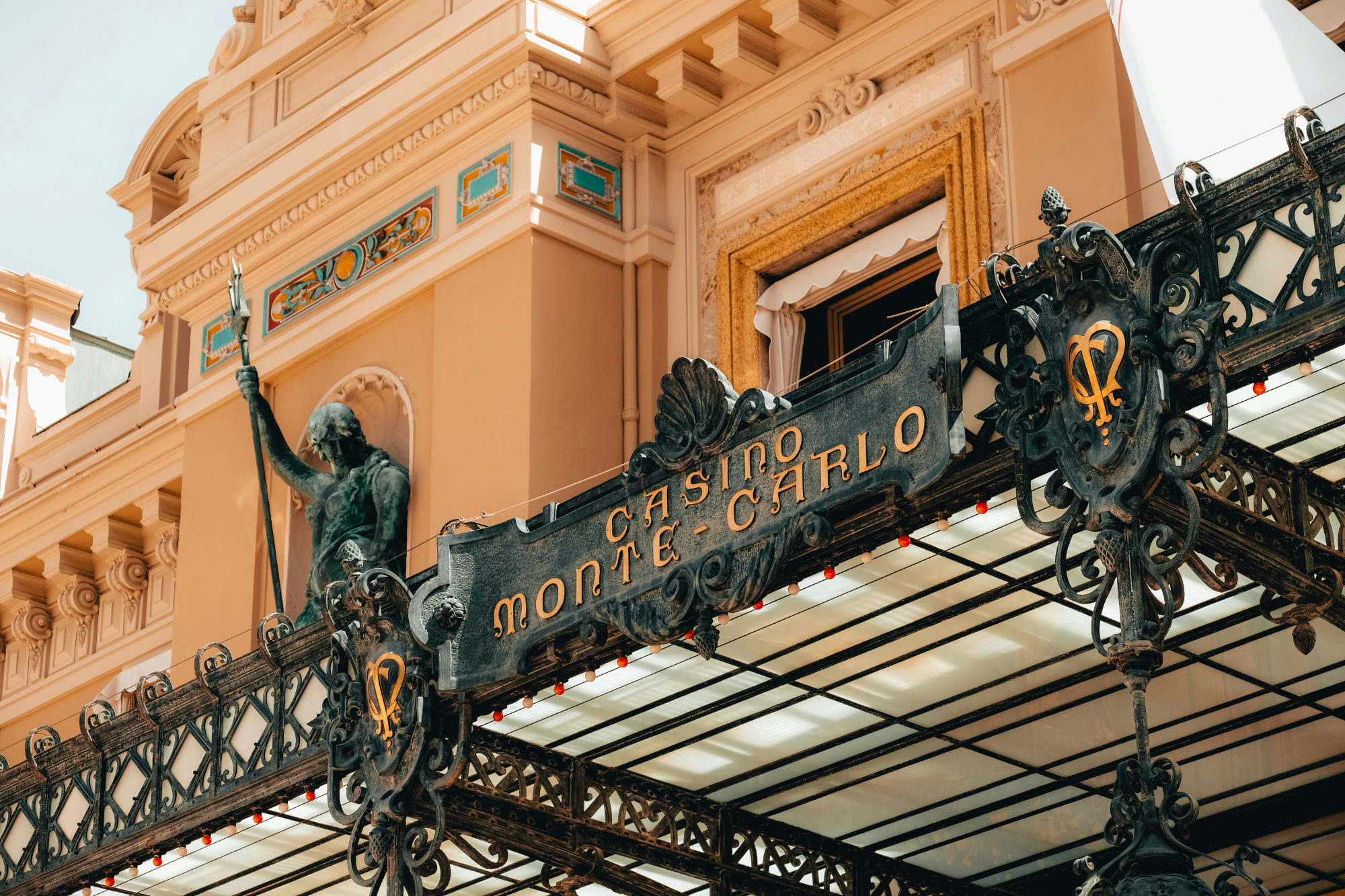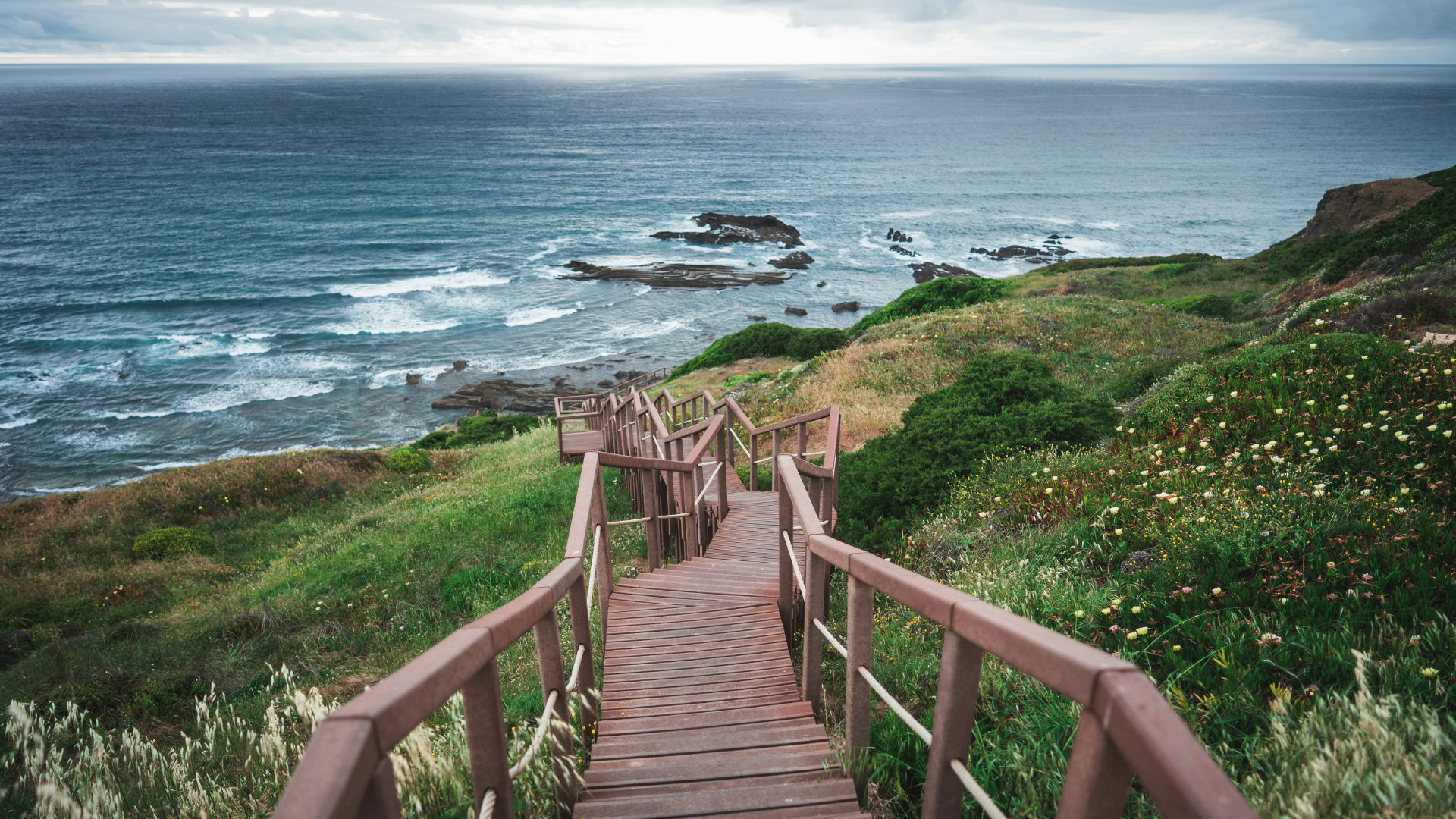The 5 Most Beautiful Villages in Mallorca

The Allure of Mallorca’s Villages
Beyond the postcard beaches, buzzing resorts, and sunlit promenades, Mallorca hides a quieter, more intimate side: ancient cobbled streets, stone houses with colorful shutters, terraces of olive trees, the scent of orange blossoms in spring, and panoramas of sea and mountains. These villages, tucked into valleys or perched on ridges of the Serra de Tramuntana or along calmer coasts, preserve a timeless quality even in high season.
In choosing five, I’ve focused on diversity of setting — mountain, coastal, valley — architectural charm, and an emotional “pull”: places that invite you to linger, to meander, and to imagine living there for a season. Below are my picks — in no particular ranking — with what makes each special, and how to best experience them.
1. Valldemossa: Poetry among the pines
Why it captivates
Nestled high in the Serra de Tramuntana, Valldemossa is perhaps the quintessential “storybook village” of Mallorca. Narrow alleys wind upward between stone houses, bougainvillea spills from windowboxes, and small plazas invite pauses in the shade. The skyline is dominated by the old Carthusian monastery where the composer Frédéric Chopin and writer George Sand spent a winter in 1838–39.
Walking through Valldemossa, you feel echoes of literary salons, musical inspiration, and genteel quiet. It offers both gentle elevation and sweeping views over the valley toward the sea beyond.
What to see & do
Visit the Carthusian monastery and its gardens, including Chopin’s former quarters.
Walk up to the Mirador de Valldemossa for panorama views of the village in its green bowl.
Stroll through the old streets to discover hidden corners, artisan shops, and small cafés.
Try the local specialty, the coca de patata (potato cake) at a traditional bakery.
In the evening, linger in a plaza with a glass of local wine and watch the golden light hit the stone facades.
Tips for visiting
Arrive early in high season, before the tourist coaches. Wear comfortable shoes; the streets are uneven. If staying overnight, the mood after dusk is magical — many tourists depart, leaving silence and lamplit alleys.
2. Deià: A bohemian mountain retreat
Why it captivates
Perched on a slope between mountains and sea, Deià is synonymous with artistic escape. Over the decades it lured writers, painters, musicians, and those seeking solitude wreathed in Mediterranean beauty. English poet Robert Graves made Deià his home, and his house is now a museum.
The village blends bohemian flair with high-end touches: art galleries, boutique hotels, and refined restaurants — yet it retains a whisper of a simpler, rural past. The narrow paths lead to terraces with views of olive groves and the sea below.
What to see & do
Explore the Robert Graves House and its gardens.
Wander the core village lanes, enjoy gallery windows, and peek down toward the sea.
Hike downward to Cala Deià, a small cove just below the village — a scenic spot for a swim or a quiet lunch.
Enjoy sunset from viewpoints such as Sa Foradada — a famous rock arch across the coastline.
Dine at restaurants that combine local Mallorcan cuisine with refined touches.
Tips for visiting
The drive is narrow and winding, so take your time. In summer, some galleries or boutiques may close midday; plan for an afternoon pause. Staying overnight helps you experience the hush after tourists leave.
3. Fornalutx: Stone steps in the Sóller Valley
Why it captivates
Often called one of the most beautiful villages in Spain, Fornalutx sits in the shadow of rugged peaks in the Sóller Valley. Its winding staircases, dry-stone walls, terracotta roofs and abundant plantings create a charcoal-and-emerald harmony.
The village seems timeless: you might see old men leaning on walking sticks, locals chatting under shaded porticoes, and cats drifting in the sun. Its authenticity and preserved architecture make it ideal for slow wandering.
What to see & do
Meander the alleys and climb a few steps to small plazas for unexpected views.
Hike from Fornalutx toward neighboring hamlets or into the hills — many walking routes begin here.
Pause in cafés shaded by orange trees and sip local coffee or hierbas (Mallorcan herbal liqueur).
Photograph the play of light and shadow on the stone façades at early morning or late afternoon.
Tips for visiting
Combine Fornalutx with a visit to Sóller — just a few kilometers away — by tram or car. Visit in spring or autumn to enjoy quieter streets. Keep maps or GPS handy; some alleys are a labyrinth.
4. Pollença (Pollensa): A village with a lively heart and coastal grace
Why it captivates
Pollença is larger than the other villages, but its historic center feels like a classic Mediterranean town. Cobblestone streets radiate from a central square shaded by plane trees. A hilltop climb with 365 steps leads to a small church and panoramic views.
What gives Pollença its charm is the balance: history, art, culture, and proximity to sea. The Port of Pollença stretches into a calm bay with beaches, a promenade, and mellow seaside life.
What to see & do
Climb the pilgrimage steps of Calvario for sunrise or sunset.
Explore the convent of Sant Domingo, the Roman Bridge, and the lively main square with cafés.
Wander side alleys for hidden corners and artisan shops.
Head down to Port de Pollença to stroll the promenade, enjoy seafood by the water, and relax on the sand.
Venture further to Cap de Formentor for dramatic cliffs, scenic drives, and secluded coves.
Tips for visiting
Try to witness a climb of the Calvario steps at sunrise — it is quiet and meditative. The port area is more lively; for calm, return to the old town at dusk. Combine Pollença with nearby villages like Fornalutx or Deià for a perfect day trip.
5. Banyalbufar: Terraces and sea in the shadow of the Tramuntana
Why it captivates
Banyalbufar is a quieter, more rustic gem than some of Mallorca’s star villages. It lies perched on a coastal slope where mountainous terraces plunge toward the sea. Centuries of terracing — for vineyards, olives, and citrus — shape the land into a sculpted amphitheater of green and stone.
The village is intimate — narrow streets, stone houses, small patios, and a hush broken only by wind or birds. From some vantage points you’ll see the sea shimmering below terraces, and on clear days, the distant horizon.
What to see & do
Walk among the terraces, old wine presses, and dry-stone walls surrounding the village.
Take the trail toward Port des Canonge — a gentle hike descending to a hidden cove.
Climb to Torre del Verger, an old watchtower along the coastal road, for sweeping views.
Linger in shady corners or small cafés, absorbing the stillness.
In late afternoon, the slanting sun caresses the terraces, creating a dance of light and shadow.
Tips for visiting
The coastal road is scenic but serpentine, so drive carefully. Wear walking shoes and be ready for uneven paths. Sunrise and sunset are particularly poetic times: you may find the village almost deserted.
How to weave them into an itinerary
If you have a week or more, you can craft a leisurely loop exploring these villages while balancing mountain, valley, and coastal experiences.
| Day | From → To | What to catch |
|---|---|---|
| 1 | Palma → Valldemossa | Arrive in Mallorca, head up into the Tramuntana, explore Valldemossa in afternoon light |
| 2 | Valldemossa → Deià | Morning in Valldemossa, then drive to Deià and hike to Cala Deià |
| 3 | Deià → Fornalutx | Slow morning in Deià, then drive to Fornalutx via winding roads |
| 4 | Fornalutx / Sóller | Explore Sóller, the tram, and orange groves or relax locally |
| 5 | Fornalutx → Pollença | Drive east, arrive in Pollença, explore its old town and port |
| 6 | Pollença → Banyalbufar | Visit Cap de Formentor, then loop back along the MA-10 and stay in Banyalbufar |
| 7 | Back to Palma | Spend the morning in Banyalbufar before returning to Palma |
Reflections on charm, timing, and pace
Pace matters — These villages speak softly. If you rush, you’ll see façades but miss the quiet corners, the shifting light, the moments when you feel alone with the stones and shadows.
Light and shadow — Many of these villages look different in morning and evening light. The sun sculpts the stone and brings out warmth and texture.
Seasonal contrast — Spring and autumn are ideal: flowers, moderate temperatures, fewer crowds. Summer brings heat and bustle; winter softens everything but some amenities may close.
Weather & microclimates — In the Tramuntana ridges, clouds can roll in and winds may gust. A cloudy morning can clear by noon; patience rewards the traveler.
Blending the grand and intimate — Among these villages, you’ll find sweeping panoramas and intimate charm: hidden archways, potted plants, and echoes of daily life.
Epilogue: The whisper of village life
You might think the most stunning views or the best beaches define Mallorca. But stay in a village like Valldemossa as dusk falls, wander Fornalutx when church bells echo down the alleys, or watch the sea mist climb the terraces of Banyalbufar — and you’ll find the true spirit of the island.
These villages aren’t museum pieces; they’re lived-in, breathing places, each with its own rhythm. They remind us how islands condense beauty and humanity into small spaces — the sea near, the mountains close, the sky wide. Walk slowly, stay longer, and Mallorca will stay with you long after you’ve left its shores.


